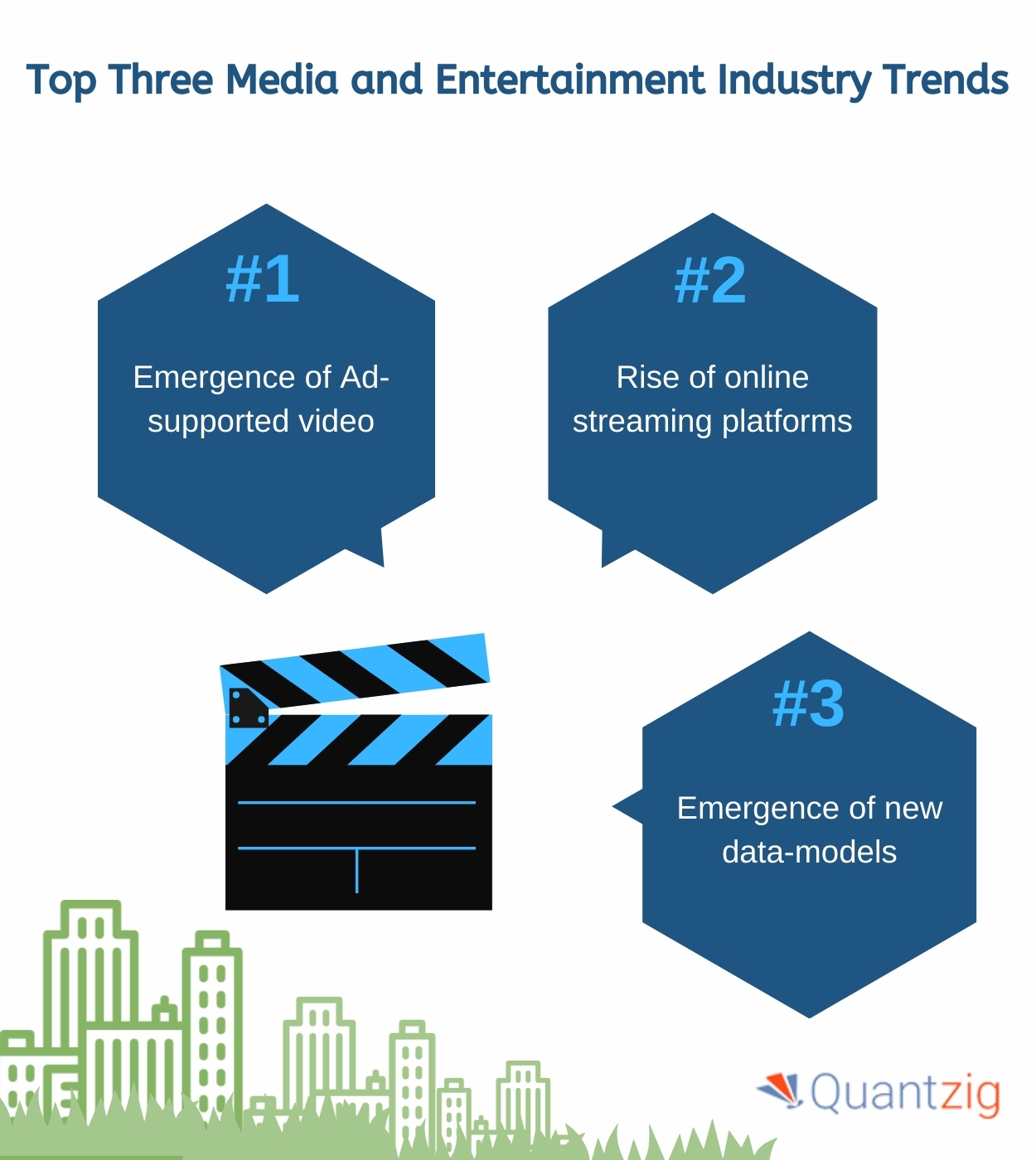Annalaine Events: Celebrating Life's Moments
Your go-to blog for event planning inspiration and tips.
Behind the Curtain: The Rise of Virtual Events
Discover the secrets behind the virtual event boom and unlock the future of online gatherings in our latest blog post!
Exploring the Evolution of Virtual Events: From Concept to Reality
The concept of virtual events has undergone a remarkable transformation over the past few decades. Initially perceived as niche gatherings primarily for tech enthusiasts, remote interactions have evolved into a mainstream platform for engagement. With advancements in technology, such as high-speed internet and sophisticated video conferencing tools, the barriers to hosting virtual events have significantly diminished. Today, these events serve a multitude of purposes, from corporate conferences and webinars to social gatherings and educational workshops, showcasing the versatility and potential of virtual engagement.
As we explore the journey from concept to reality, it’s essential to recognize the key milestones that have propelled the rise of virtual events. Social media platforms, enhanced by live streaming capabilities, have played a crucial role in fostering real-time interactions among participants. Additionally, the COVID-19 pandemic further expedited the shift towards virtual formats, as organizations sought innovative ways to connect with their audiences while adhering to safety protocols. This evolution has led to the emergence of hybrid events, where physical and virtual experiences coexist, expanding access and inclusivity in the world of virtual events.

How Virtual Events Are Transforming the Way We Connect
Virtual events have emerged as a powerful tool reshaping how we connect with one another across geographical boundaries. By leveraging cutting-edge technology, these digital gatherings offer unprecedented accessibility, allowing participants from diverse backgrounds and locations to come together. Unlike traditional events, which often limit engagement to specific venues, virtual platforms enable seamless interactions through live chats, webinars, and interactive workshops, fostering a sense of community that transcends the physical limitations of face-to-face meetings.
Moreover, the flexibility offered by virtual events allows for customized experiences tailored to the interests of various audiences. With features such as breakout sessions and on-demand content, organizers can create dynamic agendas that cater to a wide range of participants. As a result, attendees can engage in meaningful conversations, access valuable resources, and build connections that can last well beyond the event itself. This transformation not only enhances networking opportunities but also drives innovation and collaboration in ways we never imagined possible.
What Makes a Successful Virtual Event? Key Elements to Consider
Successful virtual events rely on a combination of strategic planning, engaging content, and effective technology. The first key element is clear objectives; understanding what you want to achieve—be it increasing brand awareness, generating leads, or fostering community engagement—will guide your decisions throughout the planning process. Additionally, it is essential to choose the right platform that supports interactive features like Q&A sessions, polls, and breakout rooms, as these elements can significantly enhance participant engagement.
Another critical aspect of a successful virtual event is effective marketing. Utilize a multi-channel approach to promote your event, including social media, email newsletters, and collaborations with influencers or partners in your industry. Furthermore, considering the attendee experience is paramount; ensure that participants receive timely reminders, and consider offering exclusive content or networking opportunities to keep them invested. By focusing on these elements, your virtual event is more likely to achieve its intended outcomes and leave a lasting impact on your audience.